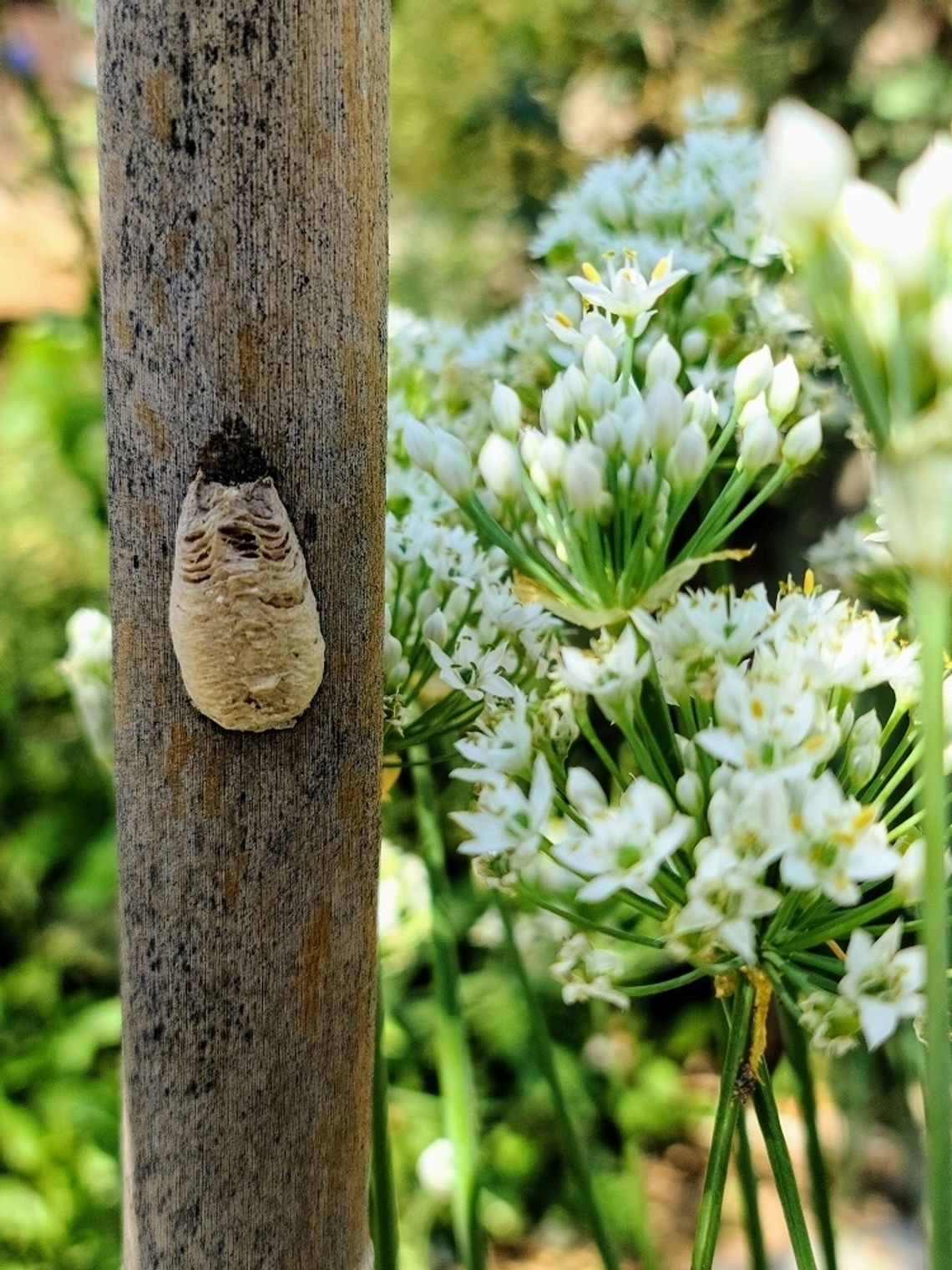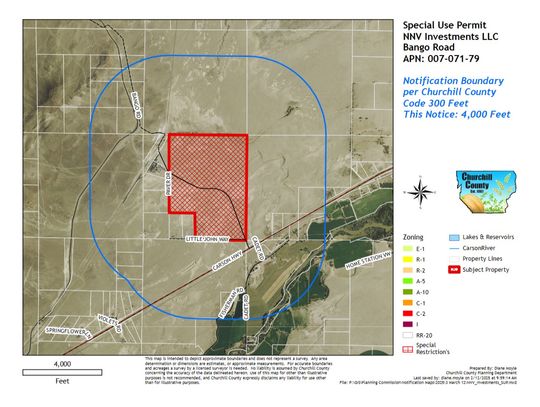It might not feel like it just yet, but the Autumnal Equinox will be here before you know it. This year it falls on Wednesday, September 22, the Farmer's Almanac tells me. The subtle signs of the impending arrival of fall are all around. I happily needed a light sweater while harvesting the other morning. The angle of the sun is changing, and therefore you might notice the light changing as well. Reminds me of a dramatic Rococo period painting. I see hints of red in my maple leaves and a branch of bright yellow on my Linden.
If you have the space for a new tree, fall is a great time to plant. I can recommend an Autumn Purple Ash (Fraxinus Americana). It is stunning in the fall with deep, dark purple leaves. They do well here. I call them golf course trees for their tidy upright shape. More good fall tree talk, the gingko turns radiant yellow and drops all its gorgeous fan-shaped leaves in a few days. If you can time it right, a trip to Reno and a walk through the Wilber D. May arboretum in Rancho San Rafael Park is absolutely worth your time. They have several big gingkos, as well as acres of other giants all putting on their beautiful fall colors. Keep an eye out for praying mantis mommas stalking about with big bellies. They will lay their egg cases, called oothecae, very soon on sticks and branches, fences, etc. The egg sack is strange-looking, but I encourage you not to destroy them. Mantises eat mosquitos, crickets, grasshoppers, and flies. You also might see a black and brown woolly bear caterpillar scurrying across your path very soon. Some folks believed you could predict the winter severity based on the width of the brown band. Here’s hoping all the signs point to a wet winter.
Fall chores are enjoyable chores. There really is no hurry with them, they don’t have the urgency that spring does. There are no “plant by” dates. You can tick away at your list and those things that you don’t get to usually can be done on a mild winter day or you can finish them up in early spring in most cases. We are fortunate to have many trees here on the farm, it feels like raking leaves is a daily activity I don’t really ever finish. You probably do not want to leave a carpet of leaves on your lawn, I can say. You can run over them with your mower several times, though, and the small pieces can lie and add organic matter. Speaking of that, you might fertilize your lawn now as well. Last time for the season. Leaf litter layers are garden gold as mulch in flower beds or tilled into veggie plots for adding organic matter. I cringe when I see folks burning them. Ashes incidentally add extra alkalinity to your soil. In theory, you can add them to your compost pile. I don’t though. We are so alkaline; I won’t risk compounding the problem.
Add to your list saving annual flower seeds and good, productive vegetable seeds for next year. Also, you can begin dividing perennials and grasses that need it. Have they taken over a flower bed? Not in the right spot? Or has the plant fizzled out - smaller flowers, dead zone in the center? Just want to share a beautiful plant with a friend? Lots of reasons for division and or/or moving plants. I have several caroypteris shrub seedlings that have grown in random places all summer, they need to find better spots to accommodate their mature size. You want to prep the spot the plant will be moving to. Dig the hole, add amendments as necessary. Water the plant to be divided, then using a sharp spade or long knife slice through the center of the plant. You can also dig up the entire plant and divide it. Personally, I feel like halving them in the ground makes for less root disturbance. Be sure to dig up as much of the rootball as possible. Replant in the new spot. The goal is to get the roots reestablished before the ground temps get too cold. Give both plants a little extra water until our winter weather (hopefully!) shows up.









Comment
Comments